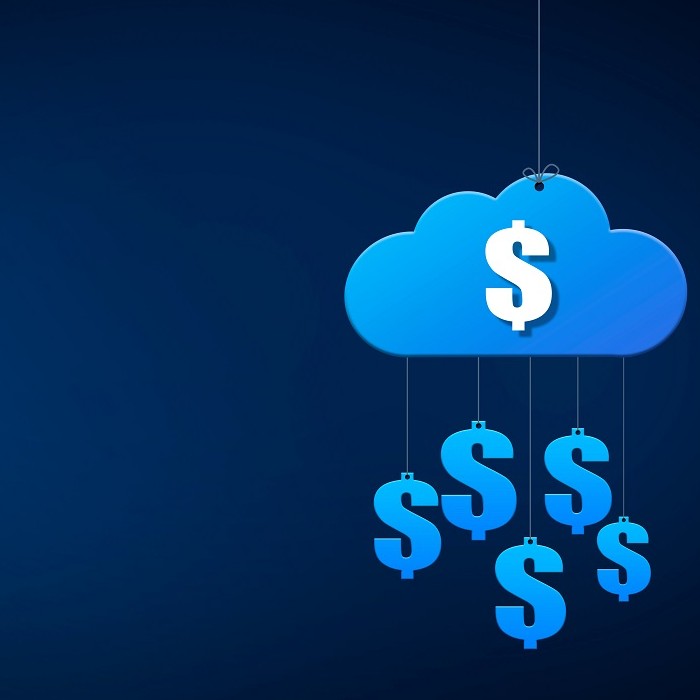As businesses gain more experience with public cloud services, the long-term economic impact of cloud use is coming into focus. Estimates from venture capital company Andreessen Horowitz suggest that for companies operating at scale, the cost of using public cloud is conservatively two to three times as much as maintaining private infrastructure.
Cloud costs might outpace private infrastructure by more, depending on the business, according to Tim McCallum, Director, Business Value Programs and Strategy at Nutanix.
“I’ve had some customers tell me the cloud is six times more expensive,” McCallum said.
Many companies that embraced the digital transformation by diving headlong into public cloud services are experiencing a rude awakening, according to analyst Mike Feibus.
“The hangover from that overreach has been well documented,” Fibus wrote in an opinion piece for CIO.com.
One such document by Andreessen Horowitz General Partner, Martin Casado, and Partner Sarah Wang shows how cloud services expenses can severely impact a company’s market cap.
“Excess cost weighs heavily on market cap by driving lower profit margins,” the article authors wrote in their widely circulated and talked about 2021 article, “The Cost of Cloud, a Trillion-Dollar Paradox.”
They based their analysis on 50 public software as a service (SaaS) companies but noted that the calculations could be extended more broadly to include all public companies operating at scale.














